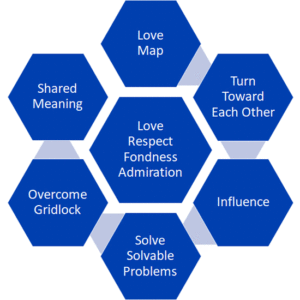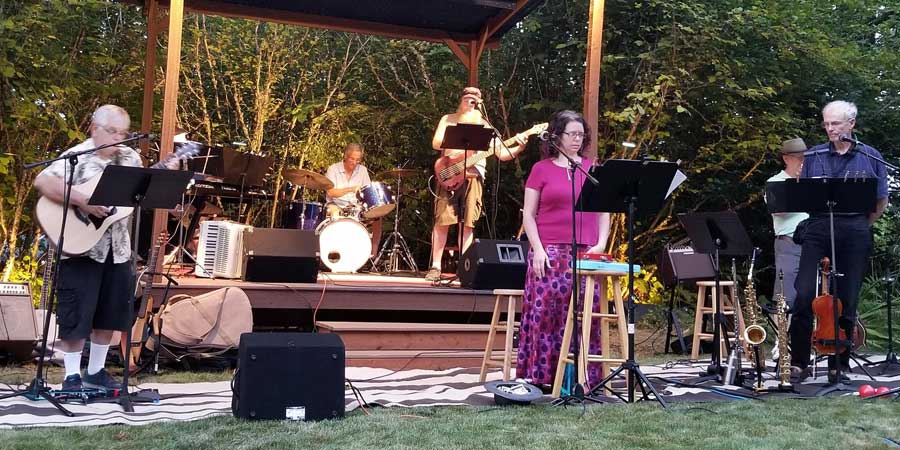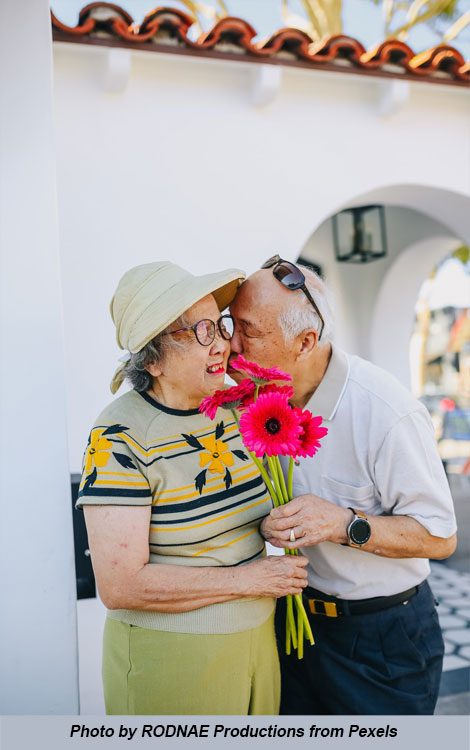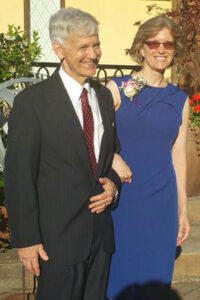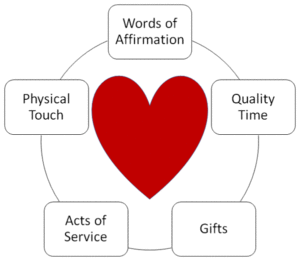While I’m on the subject of love, I thought I’d share some musings from American author, feminist, and social activist bell hooks as shared in All About Love: New Visions.
CLARITY: Give Love Words. As Erich Fromm tells us, love is “the will to extend one’s self for the purpose of nurturing one’s own or another’s growth.” In this view, love is an action, not a feeling.
JUSTICE: Childhood Love Lessons. There can be no love without justice. We must teach our children to treat others with respect and dignity. We must instill in them (and ourselves) a responsibility for their actions.
 HONESTY: Be True to Love. The heart of justice is truth-telling. We may find gain in lying – to avoid conflict or discomfort, or get what we want, or eschew responsibility. Yet lying erodes trust, the foundation of intimacy. One cannot know love in a context of secrecy and lies.
HONESTY: Be True to Love. The heart of justice is truth-telling. We may find gain in lying – to avoid conflict or discomfort, or get what we want, or eschew responsibility. Yet lying erodes trust, the foundation of intimacy. One cannot know love in a context of secrecy and lies.
COMMITMENT: Let Love Be Love in Me. We foster personal growth through constancy. We expand our capacity for trust, care, respect, and responsibility. We must create homes, workplaces, and communities where love thrives.
SPIRITUALITY: Divine Love. When we live our lives in connection with Divine Spirit, we experience the presence of divine love in all living beings. Love unites and binds all life. It is a way of living that acknowledges and honors our interdependence. All awakening to love is a spiritual awakening.
VALUES: Living by a Love Ethic. This sensibility declares that everyone has the right to be free and live fully and well. When put into practice, this ethos places the value of human life above material considerations and the accumulation of wealth. Living into the fullness of love dispels avarice and fear. It is the ultimate gift of freedom. It enables us to embody a generous and neighborly view of self-preservation.
GREED: Simply Love. Fixating on wants and needs traps us in a cycle of endless craving. Love cannot abide in addiction. By choosing to live simply, we break the bonds of greed and free up our capacity to love.
COMMUNITY: Loving Communion. Love is not reserved for romantic partners; it is the foundation for engagement with ourselves, family, friends, and associates. It allows us to face conflicts, betrayals, negative outcomes, and unfortunate events in a life-affirming way. It teaches the merits of forgiveness and self-sacrifice. Enlightened, healthy parenting gets a boost when situated within extended families and supportive communities. Children deepen their practice of core values and gain fluency in honest, forthright communication.
Mutuality: The Heart of Love. Love flourishes among equal partners for whom both risk loss, hurt, and pain for the sake of reveling in the joy of interdependence. It does not happen spontaneously; it requires patience and practice.
ROMANCE: Sweet Love. When true love happens each partner feels attuned to the deepest and most authentic identity of the other. Psychotherapist John Welwood captures this essence as follows:
“A social connection is a resonance between two people who respond to the essential beauty of each other’s individual natures, beyond their façades, and who connect at a deeper level… It is a sacred alliance whose purpose is to help both partners discover and realize their deepest potentials.”

